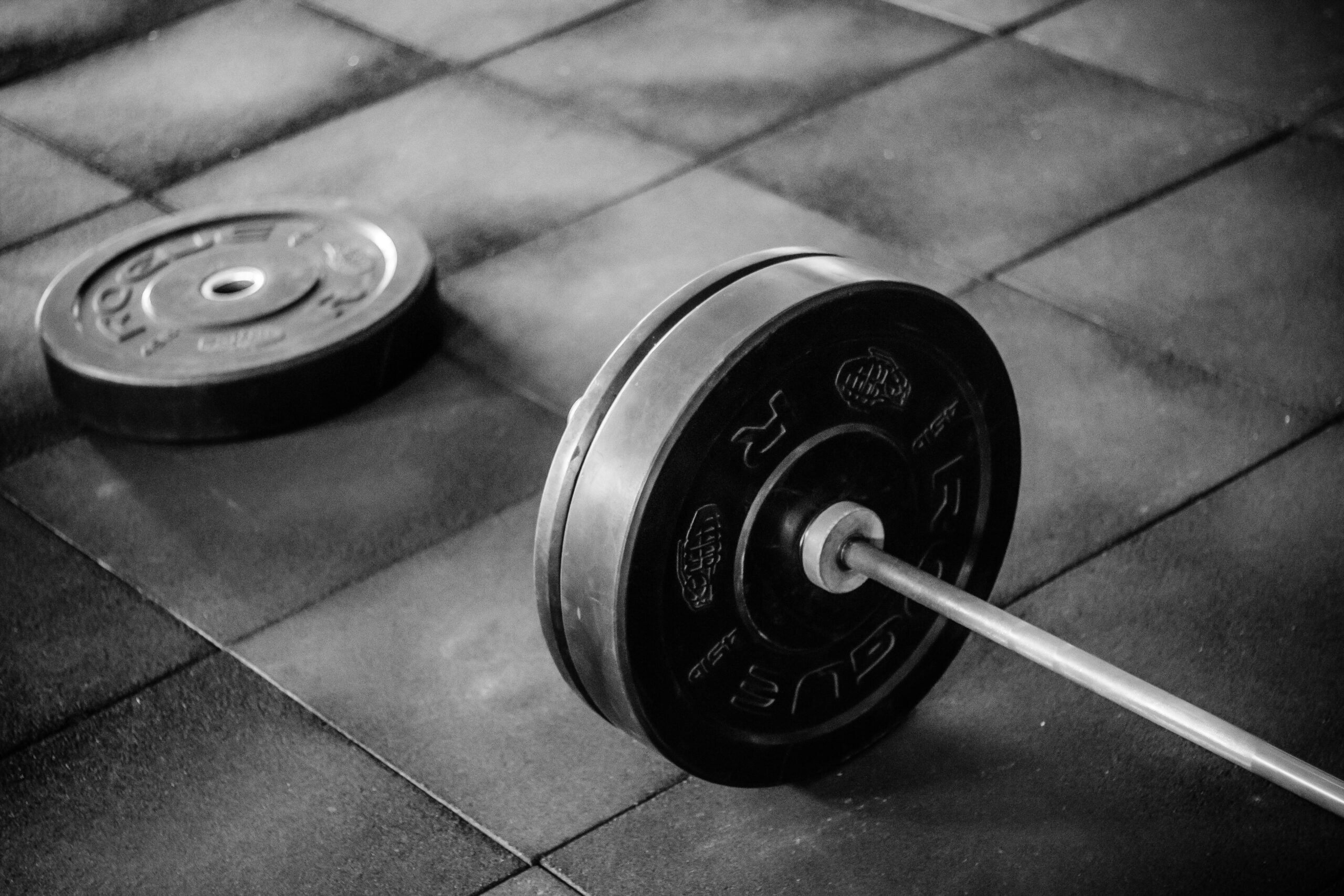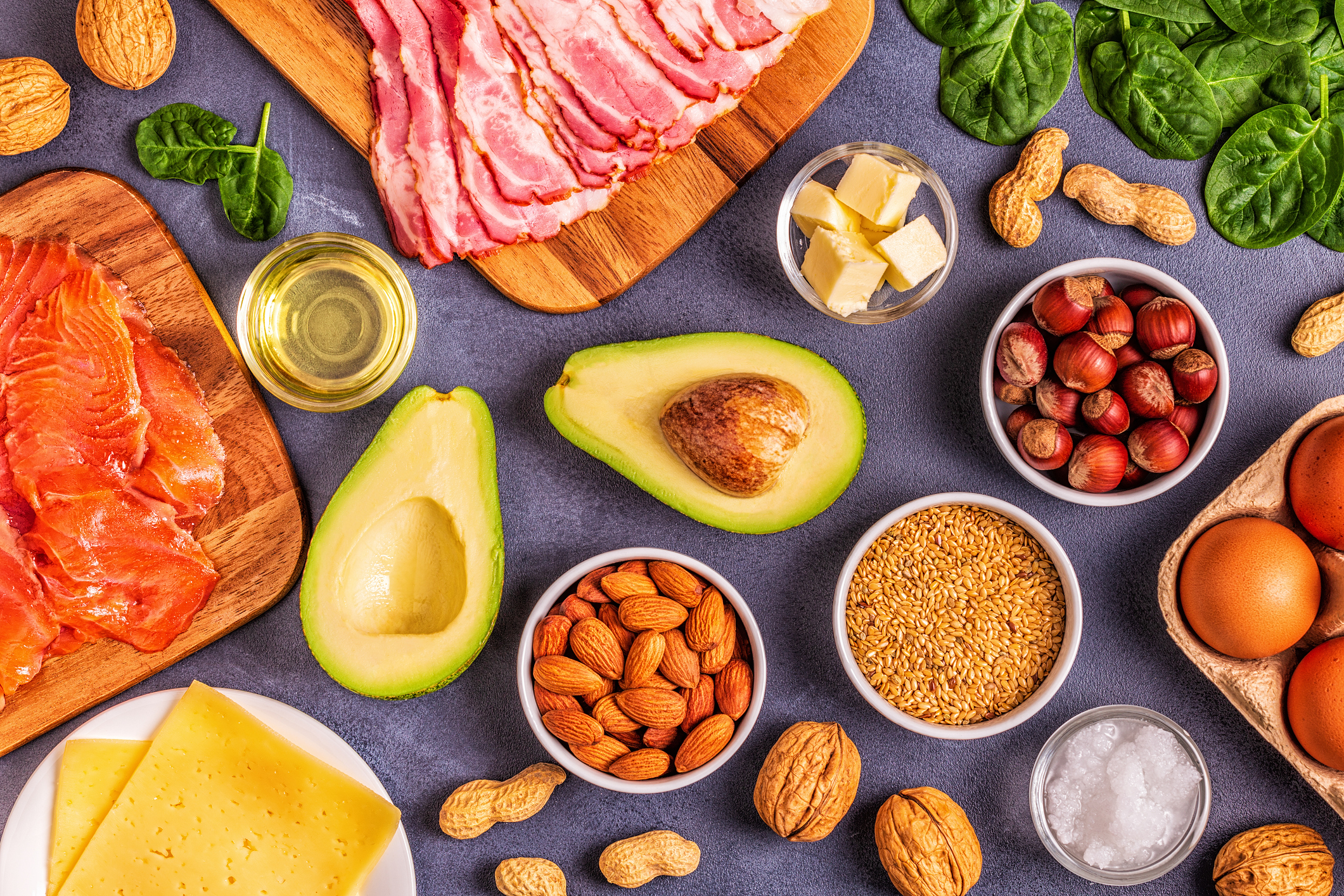If you want to lose weight – the odds are against you. Weight loss is a very tough process, and many people end up failing. However, this is usually because they don’t have a proper plan in place – or simply lack some of the knowledge we will provide you with, in this article.
While there is no ‘one size fits all’ approach to weight loss, there are many tips and tricks that can help anyone lose weight. There are some foods that will lift you into max fat burning mode – and others that can almost instantly cause you to gain weight. If you are wondering just how to lose weight – we have the answers.
What Is Weight Loss?

Weight loss is a decrease in body weight resulting from either voluntary (diet, exercise) or involuntary (illness) circumstances. Most instances of weight loss arise due to the loss of body fat, but in cases of extreme or severe weight loss, protein and other substances in the body can also be depleted.
Examples of involuntary weight loss include the weight loss associated with cancer, malabsorption, and chronic inflammation (such as with rheumatoid arthritis).
The Science Of Weight Loss
About 70% of the calories you burn each day, go toward keeping you alive. This is called the basal metabolic rate, or BMR. These are activities like breathing, circulating blood, maintaining body temperature, producing new cells and recycling old ones, adjusting hormone levels, as well as brain and nerve functions. This also includes sedentary tasks like sleeping, sitting or checking your smartphone.
About 20% of the calories you burn each day, are from larger physical actions. This could be walking to the train, doing chores or exercising. This is the % you can actually control, with increased activity. But unless you spend the entire day in the gym – this area will never rival the calorie consumption of just existing, day in and day out.
Lastly, about 10% of the calories you burn, will be used to digest your food. This doesn’t vary much, no matter which foods are consumed. Interestingly, the simple act of drinking water can boost your metabolism by up to 30%, over a period of 2 hours.
But if you needed to sum up the science of weight loss in one sentence, it would be: move more, eat less – and consume only the most nutrient-dense foods.
Calories In vs. Calories Out
The “calories in vs. calories out” equation has been commonly discussed for a long time. The theory, of course, is that if you consume fewer calories (calories in) than you burn (calories out) – you will lose weight.
Combine the “calories in, calories out” equation, with estimates of the amount of energy stored in fat. This is about 3,500 calories stored, per pound of body fat. These two factors are combined, to arrive at the common recommendation that to lose one pound of weight per week, you should reduce your calories in, by 500. Or, you could try increasing your calories out, by 500 per day.
The problem is that when people apply the “calories in, calories out” formula to their weight loss experiences – their results rarely align with what is predicted. For example, many go on diets – only to find that they lose less weight, than the equation would suggest.
Others exercise more – only to find that their increased calories out total, exceeds the weight loss they achieve. And these are only two of the most common problems encountered.
The truth is, weight loss does rely on the equation of “calorie intake and calorie output”. But there are some confounding variables – age, metabolism, genetics, and hormones. It is still a good idea to consume 500 calories below maintenance (or 250 calories below maintenance level) – every day, to consistently lose weight.
Exercise And Weight Loss
To lose the most amount of weight (and to do so in the quickest and easiest fashion) – exercise is required. There are two forms of exercise to discuss – cardio, and weight lifting.
Both forms are important for weight loss – cardio burns a lot of calories, and weight training maintains (and even builds) your muscles – while you lose weight.
If you’re following a keto diet, there are some caveats to exercising for weight loss.
For starters, exercise is typically classified through varying levels of intensity. High-intensity interval training (or HIIT for short), is, as the name suggests, one of the most intense forms of exercise. HIIT tends to focus on short, rigorous activities rather than long, endurance-based activities (think sprinting rather than jogging).
HIIT is thought to be highly efficient at reducing fat mass, promoting cardiovascular health, and even enhancing brain power. For an average person in good health, HIIT is recommended as part of a general exercise routine.
When in ketosis, the ability to perform HIIT is greatly enhanced. Athletes adapted to a ketogenic state have an increased ability to store glycogen, a multi-branched polysaccharide that the body preserves for use in high-intensity exercise. This means they are able to perform HIIT for longer, with greater overall power.
However, individuals who have not yet adapted to a ketogenic state may find HIIT difficult. It is recommended that during the 2-3 week period prior to ketogenic adaptation, low-intensity exercises should be favored over high-intensity exercises.
Low-intensity exercises are exercises that stimulate the body and promote physical wellness but do not necessarily bring individuals to exhaustion. Some of these exercises include biking, yoga, and milder forms of weight training.
Weight Loss Foods
Complete Proteins
Protein is the secret to weight loss – the more you eat, the more full you will feel. So you’ll naturally eat fewer calories, without even trying. The best sources are wild-caught fish, grass-fed beef, organic chicken or turkey, and pasture raised eggs.
Healthy Fats
Fat has been vilified for decades, but the key lies in avoiding the unhealthy fats, and consuming the healthy ones. Extra virgin olive oil, coconut oil, avocados, and other choices are all great for weight loss. Additionally, the best fats are also anti-inflammatory – which is great news, since the keto diet also helps to fight against inflammation.
Low GI Carbohydrates
These are technically not necessary, if you’re following a keto diet. However, all the best vegetables will fall into this category – which are essential for any weight loss plan. And please note – do not consume processed and refined carbs, just because they are technically low GI.
The reason we stick to low GI, is that controlling your insulin and blood sugar is crucial for weight loss success on any diet. Dieters who have lower blood sugar and insulin levels, have been found to achieve larger amounts of weight loss, as well as other improved biomarkers of health.
When consuming low GI carbs, be sure to focus on the best quality foods – spinach, broccoli, zucchini, etc. And be sure to consume them only in moderate amounts, if you’re following a ketogenic diet.
Foods That Can Lead To Weight Gain
Butter
Dairy foods like butter and cheese have sometimes been linked with long-term weight gain. In fact, in a Harvard study, people who consumed a lot of butter – gained about one pound from it, every four years.
Fried Foods
Fried foods are as American as apple pie. Unfortunately, fried foods are also terribly unhealthy. Always opt for grass-fed and organic meats, instead of fried.
Refined Grains
One reason refined grains are linked to weight gain, is that Americans eat so much of them, displacing foods that are healthier – including fruits and vegetables. The refining process often strips away the benefits of grain, leaving what some experts call “bad” carbohydrates.
Fruit Juice
Sounds healthy, but 100 percent fruit juice packs in a huge amount of sugar. In fact, if you’re going to consume fruit – make it dark berries. This is especially true on keto, where all sugars must be kept to an absolute minimum.
Sweets And Desserts
Cakes, pies, cookies, candy – even children know too much of these can make you chubby. But it’s hard for folks to abandon their sweet tooth. If you cut out only one food group from this list – make it this one.
Potatoes
All potato dishes have an impact on weight gain, according to multiple scientific studies. Boiled, baked, mashed? Doesn’t seem to matter. Potato chips are especially harmful for weight gain – as are french fries. Avoid all forms of potatoes – especially on keto.
Trans Fats
Trans fats are banned in the United States – as these fats were often found in deep fryer shortening and processed foods. However, if by some fluke you come across them – definitely do not consume them.
Processed Meats
Cold cuts and hot dogs may be staples of sandwiches and school lunches. But they are high in calories and saturated fat – not to mention sodium. There are far better ways to get protein, on a regular basis. Eat only sparingly, if desired.
Soda
If one food or beverage had to be characterized as a villain – the choice would definitely fall to soda. Offering no nutrition, and yet completely loaded with sugar – it is the number one reason why the obesity rate has risen to 40%, in the United States.
How To Track Your Ketones
Tracking your ketones is a vital part of the weight loss process. Because we were sick of cheap, inaccurate devices, we invented the first and only clinically-backed ketone breath monitor. The monitor is accurate enough to replace invasive blood measurements.
By simply breathing into our device, you will have a reliable measurement of your current ketone levels in seconds. You will know your fat burning levels instantly, and be able to effectively track your fat loss. No more urine strips, no more pricking your finger – just a fast, easy and reliable breath test.
You can bring our device with you to the office, take it to the gym – you can truly check your ketones anywhere. Unlike previous devices, which were often poorly made, unreliable, and not backed by clinical research – our ketone breath monitor is patented.
This means no other device is legally allowed to use our exclusive technology. Whether you are brand new to keto and want a convenient and reliable way to check your ketone levels and monitor your fat loss, or you’re an elite level biohacker – we are the perfect way to measure your ketones.
You don’t need to worry about continually buying strips, continually pricking your finger – we have all you need, in just one device. One of our favorite features is the personalized insights you get with the device. Every time you measure, your results are graphed and stored, so you can easily track your progress and fat loss and share with clinicians, coaches, or friends..
Until now, there has not been an easy and convenient way to check your ketone levels – which has made many people give up on keto entirely. But that outcome is no longer necessary, as we’ve made a device that does all the work for you.
Just simply take one breath into the device, and within seconds you’ll know your ketone level. Whether your goal is to measure fat loss , lose weight, improve your blood sugar – we have the answer.



